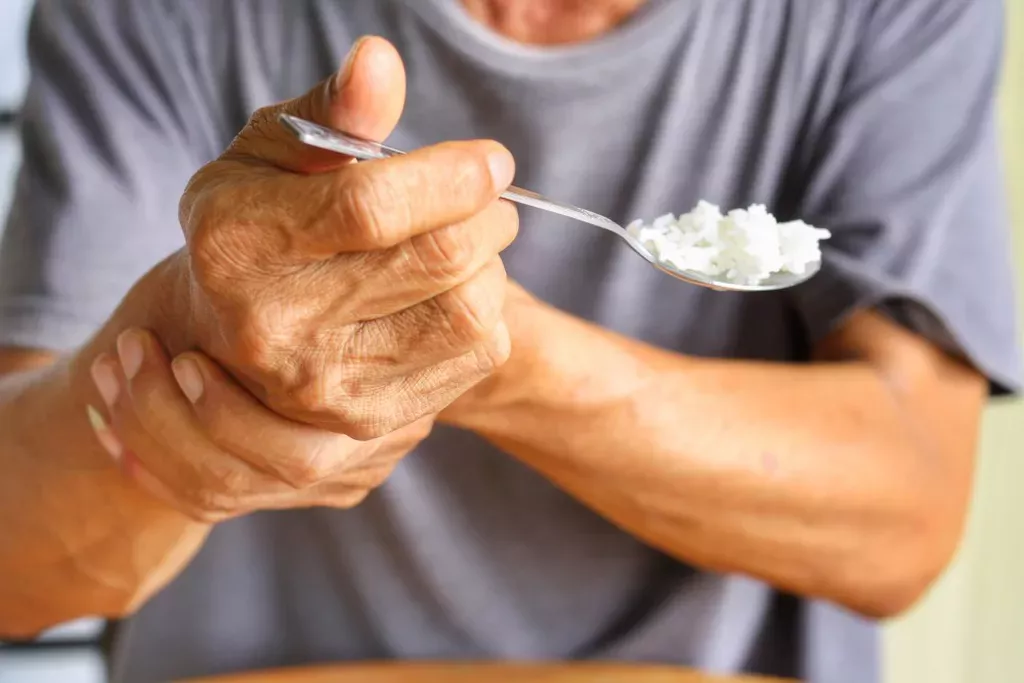
4 Common Signs of Severe Bursitis
Bursitis is a common cause of joint-related pain, occurring when tiny fluid-filled sacs called bursae become inflamed and irritated. Often mistaken for arthritis or even muscle strain, bursitis can be treated, often with simple, conservative therapies.
At Body Balance Chiropractic & Wellness Center, we know bursitis can cause many acute and chronic symptoms in patients at our Houston, Texas, practice, including hip pain and shoulder pain. The key to finding relief for severe bursitis is seeking treatment early — and to do that, you need to learn to recognize some of the most common symptoms it can cause.
Bursitis basics
Even though most people have never heard of bursae, more than 150 of these tiny sacs are located throughout your body. Most of them are near joints where they work by reducing friction and supporting the normal joint movement.
You can develop bursitis in any joint, but you’re more likely to have it in joints subjected to lots of movement or weight-bearing activities, including your hips, knees, shoulders, and elbows. Some people develop foot bursitis, particularly near the heel or big toe.
Bursitis tends to be more common among older people and people with arthritis, diabetes, or thyroid disease. A previous injury or an infection in the joint or the surrounding tissues also increases your risk of developing bursitis.
4 common signs to look for
During your exam, your provider will ask about the symptoms you’ve been having, and they’ll also perform an exam to aid in diagnosis. Below are four of the most common symptoms associated with severe bursitis.
Joint pain
Joint pain or achiness is probably the most common symptom of bursitis and the one that’s easy to mistake for arthritis or a tendon strain. Typically, painful symptoms are worse during joint movement or if you put pressure on a joint, like kneeling or leaning on your elbow.
Joint swelling
Initially, swelling associated with bursitis tends to be minor and deep inside the tissues surrounding the joint. But as bursitis continues without treatment, swelling can become much more severe and visible around the joint.
Reduced range of motion
Because bursae are located near the “hinge” or “ball” parts of a joint, swelling that interferes with normal joint movement is not uncommon. That could mean you can’t raise your arm or extend your forearm fully, or you may have limited use of your knee or hip, for instance.
Redness and tenderness
While milder forms of bursitis tend to cause pain only when the joint is used, your joint may be sore in more severe cases, even if you gently touch it. Sometimes, the skin around the joint is red or swollen looking.
Treating bursitis
At our practice, we use various techniques to relieve the pain and inflammation of bursitis, including:
- Spinal decompression
- Chiropractic adjustment
- Massage therapy
- Joint-specific treatments
Generally, treatments focus on relieving pressure on the affected bursae and reducing inflammation and pain. In addition, our team provides lifestyle guidance to help you avoid bursitis in the future.
Bursitis is just one possible cause of joint pain. The first step in finding relief for your painful symptoms is to schedule an office visit so that we can evaluate your symptoms and the joint itself.
To learn more, call 281-890-5599 to book an appointment with the team at Body Balance Chiropractic & Wellness Center today.